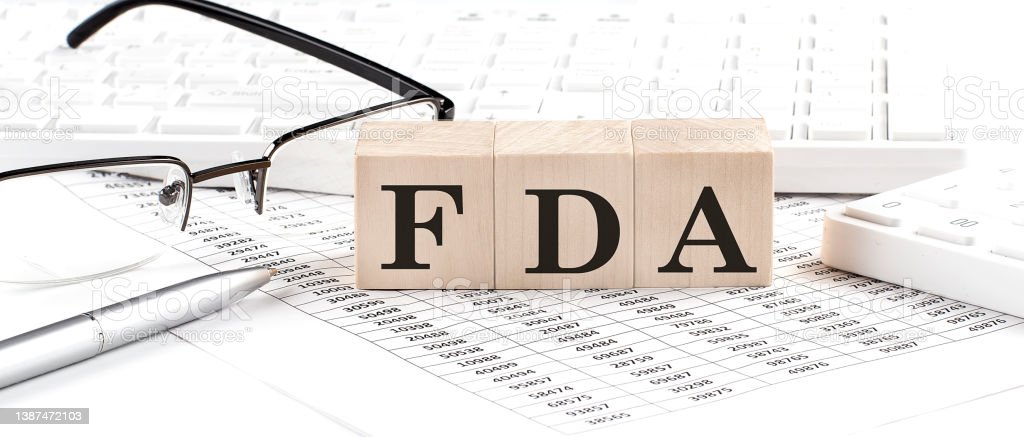1. Introduction
1.1 Purpose
The purpose of this Standard Operating Procedure (SOP) is to establish guidelines and procedures to ensure the security of the premises and control access to authorized personnel only. This SOP aims to protect assets, sensitive information, and personnel from unauthorized access, theft, and other security threats.
1.2 Scope
This SOP applies to all employees, contractors, visitors, and any other individuals who require access to the organization’s facilities and systems.
2. Definitions
2.1 Access Control
Access Control refers to the selective restriction of access to a place or other resource, ensuring that only authorized individuals can enter or use designated areas.
2.2 Authorized Personnel
Authorized Personnel are individuals who have been granted permission to access specific areas or systems based on their roles and responsibilities.
2.3 Security Breach
A Security Breach is an incident that results in unauthorized access to data, applications, services, networks, or devices, potentially causing damage or loss.
3. Roles and Responsibilities
3.1 Security Manager
- Develop and enforce security policies and procedures.
- Oversee the implementation of security systems and measures.
- Conduct regular security audits and risk assessments.
- Respond to security incidents and breaches.
3.2 IT Department
- Implement and maintain technical access control systems.
- Monitor access logs and report suspicious activities.
- Ensure data security through encryption and secure access protocols.
3.3 Human Resources
- Conduct background checks for employees and contractors.
- Manage the issuance and revocation of access credentials.
- Provide security awareness training for all employees.
3.4 Employees
- Comply with all security policies and procedures.
- Report any security incidents or suspicious activities immediately.
- Ensure their access credentials are not shared or misused.
4. Access Control Procedures
4.1 Physical Access Control
4.1.1 Identification Badges
- All personnel must wear identification badges at all times while on the premises.
- Badges must be clearly visible and contain a photograph, name, and department.
4.1.2 Visitor Access
- Visitors must sign in at the reception and provide valid identification.
- Visitors will be issued temporary badges and must be escorted by an authorized employee.
- Visitor access is restricted to designated areas only.
4.1.3 Restricted Areas
- Access to restricted areas is limited to authorized personnel only.
- Authorized personnel must use their access cards to enter restricted areas.
- Access logs must be maintained and regularly reviewed for anomalies.
4.2 Electronic Access Control
4.2.1 Password Management
- Passwords must meet complexity requirements (e.g., minimum length, use of special characters).
- Passwords must be changed every 90 days.
- Users must not share their passwords or write them down.
4.2.2 Multi-Factor Authentication (MFA)
- MFA must be implemented for accessing sensitive systems and data.
- Users must verify their identity using at least two different authentication factors.
4.2.3 Access Levels
- Access to electronic systems is granted based on the principle of least privilege.
- Access rights are reviewed and updated regularly to reflect role changes.
5. Monitoring and Reporting
5.1 Access Logs
- All access to physical and electronic systems must be logged.
- Logs must include details such as user ID, timestamp, and access points.
- Logs are to be reviewed weekly by the Security Manager.
5.2 Incident Reporting
- Any security incidents or suspicious activities must be reported immediately to the Security Manager.
- An incident report must be completed and include details such as the nature of the incident, persons involved, and actions taken.
6. Security Audits and Reviews
6.1 Regular Audits
- Security audits must be conducted quarterly to assess the effectiveness of access control measures.
- Audit results are to be documented and reviewed by senior management.
6.2 Policy Review
- This SOP must be reviewed annually and updated as necessary to reflect changes in security requirements and best practices.
- Feedback from audits and incident reports should be incorporated into the policy review process.
7. Training and Awareness
7.1 Security Training
- All employees must undergo security training upon hiring and annually thereafter.
- Training should cover the importance of security, access control procedures, and how to respond to security incidents.
7.2 Awareness Programs
- Regular awareness programs and communications should be conducted to reinforce security practices.
- Topics may include phishing awareness, proper use of access credentials, and reporting procedures.
8. Compliance and Enforcement
8.1 Compliance
- All personnel must comply with the security and access control policies outlined in this SOP.
- Non-compliance may result in disciplinary action, up to and including termination of employment.
8.2 Enforcement
- The Security Manager is responsible for enforcing this SOP.
- Regular checks and audits will be conducted to ensure compliance with access control measures.
9. Conclusion
Effective security and access control are crucial for protecting the organization’s assets, information, and personnel. Adhering to this SOP will help maintain a secure environment and mitigate risks associated with unauthorized access and security breaches. Regular reviews and updates of this SOP will ensure that it remains relevant and effective in addressing emerging security challenges.
- For more articles, Kindly Click here.
- For pharmaceutical jobs, follow us on LinkedIn
- For Editable SOPs in word format contact us on info@pharmaceuticalcarrier.com
- For more information kindly follow us on pharmaguidelines.co.uk











